What is an Organ System?
In biology, an organ system is a group of organs that work together for one purpose. Their interdependency on one another is critical for normal life functions, and if any one were to fail, it would subject the others to stress, possibly causing the whole group to shut down, with fatal results. Some organs may be part of more than one system: for example, the pancreas is part of the digestive and endocrine systems in mammals. Related groups of organs exist in most members of the animal kingdom. Although the details may vary, all mammals, including humans, have the same ten organ systems in terms of function: the digestive, respiratory, circulatory, urinary, nervous, muscular, skeletal, reproductive, endocrine and integumentary.
Digestive
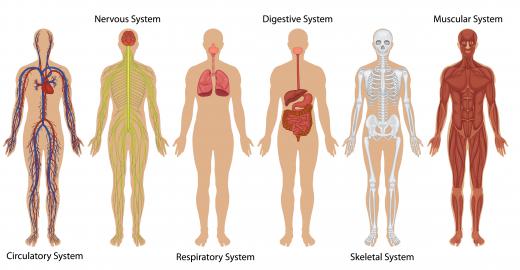
The purpose of this organ system is to convert the essential nutrients in food into a form that can be absorbed by the body. It consists of the mouth, esophagus, stomach, pancreas, liver and intestines. After food has been chewed, it passes into the stomach, where protein- digesting enzymes are released, then into the intestines, where nutrients are absorbed. Absorption is aided by fluids released by the pancreas and liver, which help in the breakdown of carbohydrates and fats.
Respiratory
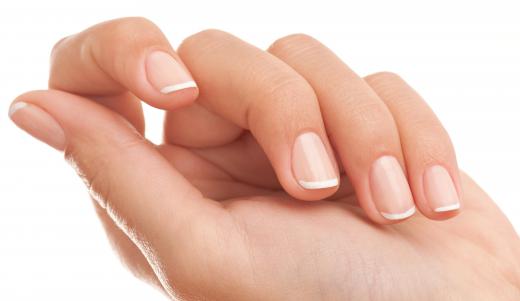
This system enables the body to absorb oxygen — which is required to extract energy from food — and to expel carbon dioxide, which is a by-product of this process that would otherwise reach toxic levels. It consists of the lungs and air passages. The air passages subdivide many times within each lung, ending in alveoli — tiny cavities from which oxygen is absorbed by red blood cells, and into which carbon dioxide flows, to be expelled when an animal breathes out.
Circulatory
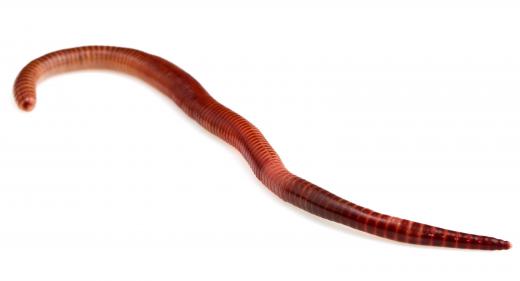
The circulatory system is responsible for transporting nutrients and oxygen around the body to where they are needed, and for protecting the body against disease-causing organisms. These two functions are sometimes classed separately as the cardiovascular, and lymphatic, systems, respectively. The cardiovascular organs are the heart, blood, and blood vessels. The lymphatic system involves glands such as the spleen and thymus, which produce or modify cells called lymphocytes that are released into the bloodstream and destroy harmful organisms.
Urinary
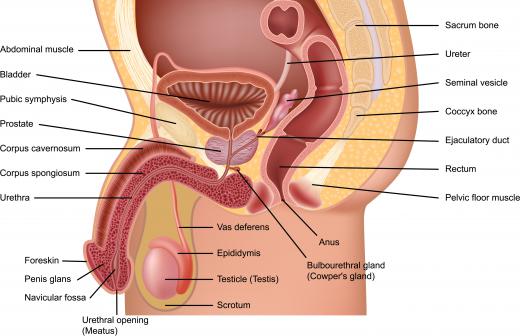
The digestive, and other, processes within the body produce a number of waste materials that are released into the bloodstream, and would build up to toxic quantities if not removed. The urinary system, consisting of the kidneys, the bladder, and connecting tubes, provide the means to remove these substances. The kidneys filter the blood to remove waste products to form urine, which is then stored in the bladder, to be expelled at intervals.
Nervous
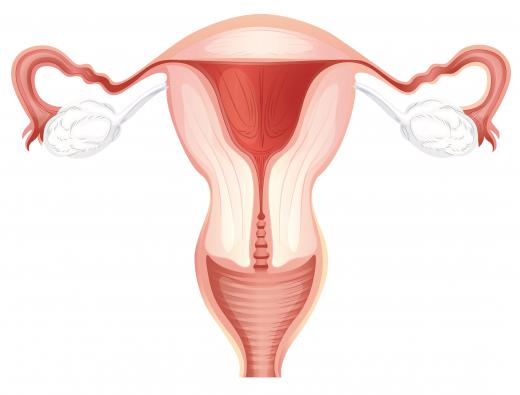
The nervous system consists of the brain, spinal cord, nerves and sense organs. Its function is twofold. Firstly, it allows external stimuli, such as sights, sounds, smells and sensations to be conveyed from the sense organs to the brain, where they are interpreted. Secondly, it allows signals to be sent from the brain, via the spinal cord and nerves, to the muscles, causing them to move as directed.
Muscular
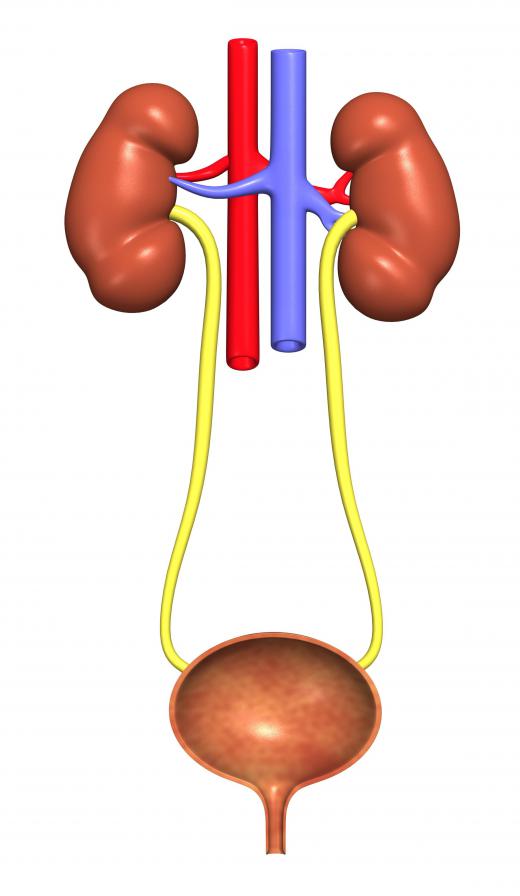
Muscles consist of long, thin cells that can contract to cause movement. The muscular system involves three kinds of muscles: skeletal, cardiac and smooth. The skeletal muscles are under conscious control, and move when directed to do so by the brain. The cardiac muscles keep the heart beating, and function automatically. This also applies to the smooth muscles, which control various other internal processes, such as digestion.
Skeletal
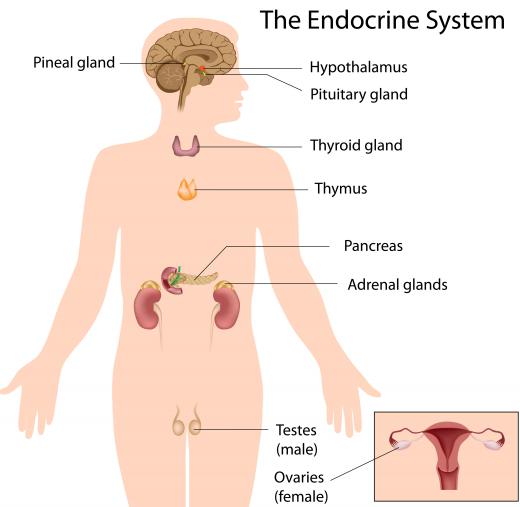
As its name suggests, this system is essentially the skeleton, although it also includes ligaments and cartilage. The most obvious purpose of the bones that make up the skeleton is to provide support for the body, but they also help protect vulnerable organs and function as levers that skeletal muscles pull on. Other, less obvious, functions are the production of blood cells in the marrow, and storage of essential minerals, such as calcium and phosphorus, which can be released when required.
Reproductive
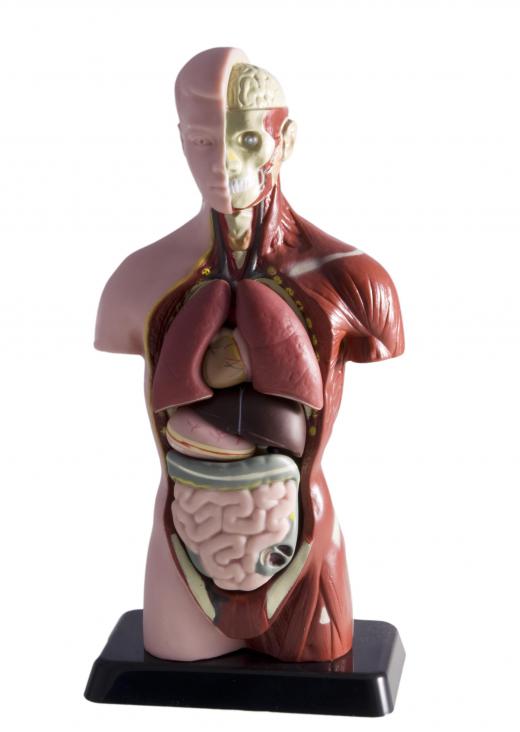
The reproductive system is concerned with production of the cells that come together to form a new organism, with making possible the fertilization of egg cells, and with ensuring the safe early development of offspring. The organs differ between males and females. In the male, the main ones are the testes, prostate and penis, while in the female, the main organs are the ovaries, uterus and vagina. The ovaries produce eggs that are fertilized by male sperm, produced in the testes. The embryo then develops in the uterus, or womb.
Endocrine
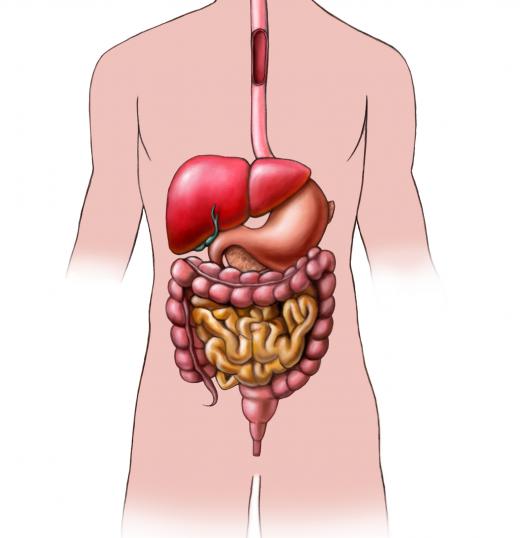
This system is concerned with the production of various hormones that maintain body chemistry and influence many body functions. It is controlled by the hypothalamus gland in the brain, but involves many other organs, including the thyroid gland, the pituitary gland, the kidneys and the pancreas. Hormones produced by the endocrine system affect growth, sexual development, water absorption and energy consumption, among other things.
Integumentary
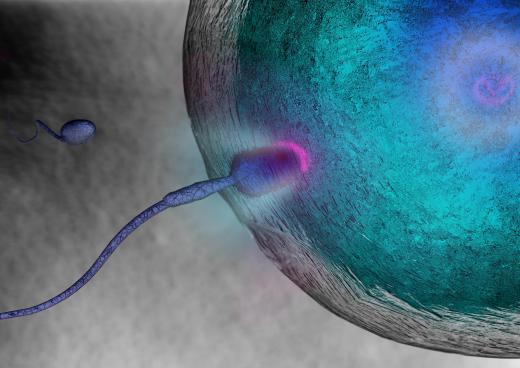
The integumentary system is better known as the skin, hair and nails. Its functions are to protect the body from injury, water loss and infection; to prevent overheating by producing sweat; and to create vitamin D, which is produced in response to sunlight. Hair also keeps the body warm in cold weather.
Organ Systems in Non-Mammals
Most forms of animal life have multiple systems. Broadly speaking, those in birds and reptiles are not unlike those of mammals in terms of function. More primitive animals may have only a few organs, and these might function in a different way from their more familiar counterparts in mammals. For example, insects breathe through openings in the sides of their bodies, and earthworms do so by absorbing oxygen directly through their skins. Jellyfish have little in the way of an organ system, but do have a network of nerves and a basic digestive mechanism.
AS FEATURED ON:
AS FEATURED ON:





















Discussion Comments
I find this very interesting and it has helped me in my coursework. I would also recommend this site to younger students to help them in science. --Ted
@behaviourism, I will be honest and say I have not had to look a diagram of organ systems since about seventh grade health class about a decade ago. While I think I am very healthy and have few potentially long term health issues, I probably exemplify your complaint that many of us barely know anything at all about our major organs, their systems, or how all of this connects.
Many people would benefit from more education of different organ systems, or even just a perusal of an organ system diagram.
Often when people think about things like an ailment of the lung, kidney, or any other major organ, they think only of a problem being there; however, because each of these also are part of a larger system of organs, a problem with the heart could lead to problems throughout the body fairly easily if not treated.
Post your comments